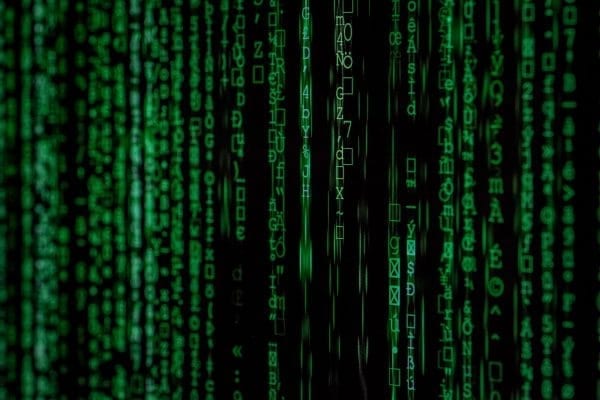Cybersecurity must be on the cutting edge of technology to keep sophisticated hackers at bay. As digital fraudsters change their techniques and upgrade their tools, the technology of cybersecurity must match their pace. Tech such as the cloud, cryptocurrency, AI, biometrics, and network traffic analyses are transforming the way websites tackle security. It’s a swiftly developing scene, and there is an ever-increasing number of technologies out there with the potential to alter the essence of cybersecurity as we know it.
While we can’t predict the future, we can try to learn as much as possible in hopes of knowing how to protect ourselves from the wide variety of hazards arising due to new technologies. In order to further your understanding of the latest cybersecurity technologies and how they might change the future of the industry, check out the following list of top technologies and consider implementing them on your website for better security today.
Cloud Computing
Being a data storage alternative, the cloud provides information security with a consolidated means of preserving workloads and communicating security policies, all with the utilization of a single console. Since the cloud utilizes remote servers to save confidential data files, it is likely to have a major influence on the approach we have towards cybersecurity. As more companies begin to utilize the cloud rather than on-site IT, additional measures of managing cybersecurity within the cloud are estimated to emerge. On-site methods, including virtualized security hardware, software, and invasion disclosure and interception systems, are predicted to be transitioned to the cloud as time goes on.
User Behavior Analytics
When someone’s username and password are endangered, anyone who has them can infiltrate a network and begin to implement all sorts of malicious operations. However, if a user applies user behavior analytics (UBA), malicious operations can trigger a warning to the system’s protectors. This technology utilizes big data analytics to determine when a user displays unusual behavior, which many hope can properly approach one of the biggest blind spots in cybersecurity: the inability for safety systems to distinguish between a verifiable user’s activity and an attacker who has obtained entry and is behaving maliciously. Enhanced visibility into the truth of illegitimate actions can help close this blind spot and halt the attacker in their track.
In addition to comparing a user’s present actions to past actions, peer analysis is another way to use UBA to detect instances of security breaches. As a method of evaluating how a user is acting in comparison to users with the identical supervisor or identical division, peer analysis can help indicate when a user is behaving maliciously or when a hacker has compromised an account. User behavior analytics can also assist with another major security issue prone to arise in companies, which is the inability of employees to obey security policies. UBA can be an asset for properly training staff members and identifying people who need additional security training.
Deep (Machine) Learning
The notion of deep learning revolves around the concept of computers developing the ability to learn on their own without having to be programmed a certain way. This idea includes several technologies, like artificial intelligence and machine learning. As companies continue to take interest in the notion of machine learning, investments are being made in hopes of using it to detect security hazards faster and more efficiently. Rather than looking at specific users, this system studies “entities” on an enterprise network in order to detect unusual behavior and assess the risk of security threats. With the capacity to reveal the contrast between good and bad forms of software at a faster pace, machine learning technologies are estimated to contribute a notable benefit to those who want to decrease the time it takes to detect and eliminate the most determined, high-level threats.
Data Loss Deterrence
One solution to preventing data loss lies within technologies known as encryption and tokenization. With the capacity to shield data down to fields and subfields, companies can leverage advantages from methods of data loss prevention in several forms, including
- Cyber-attackers cannot monetize data if they are able to hack into a system
- Data can be safely transferred and utilized within companies and enterprises
- Important business processes and files concerning analytics can be executed on the data
in its secured mode, which decreases the chances of vulnerability - Companies can be considerably assisted in their compliance with significant data security
regulations such as the protection of health, payment, and personally identifiable
information. - Professional Developers can assist in monitoring and securing web-based servers and CMS’s.
Hardware Verification
The drawbacks of usernames and passwords are clear, and there is no doubt a more secure form of user authentication is needed. One solution is to embed verification into a user’s hardware. By merging several hardware-improved determinants to certify a user’s identity, advanced hardware verification can help networks make sure users who are trying to obtain access are actually supposed to have the ability to enter the system. Intel has spearheaded the move in this direction with its Authenticate solution in its sixth-generation Core vPro processor, which incorporates a part of the chipset for security operations to give the device a role in the confirmation procedures. The most urgent employment for this technology is to confirm an endpoint in a conventional IT situation, with devices such as laptops and desktops.


